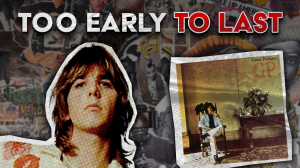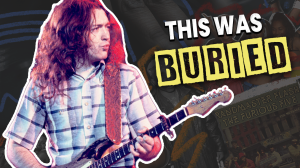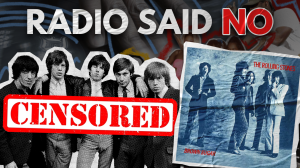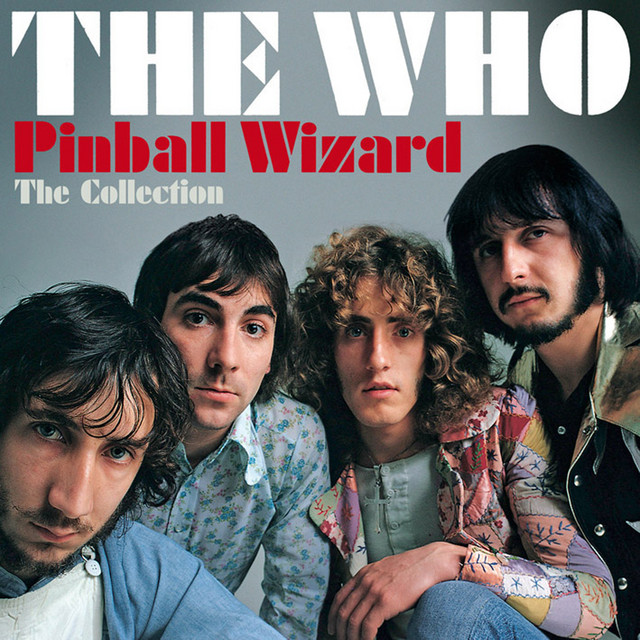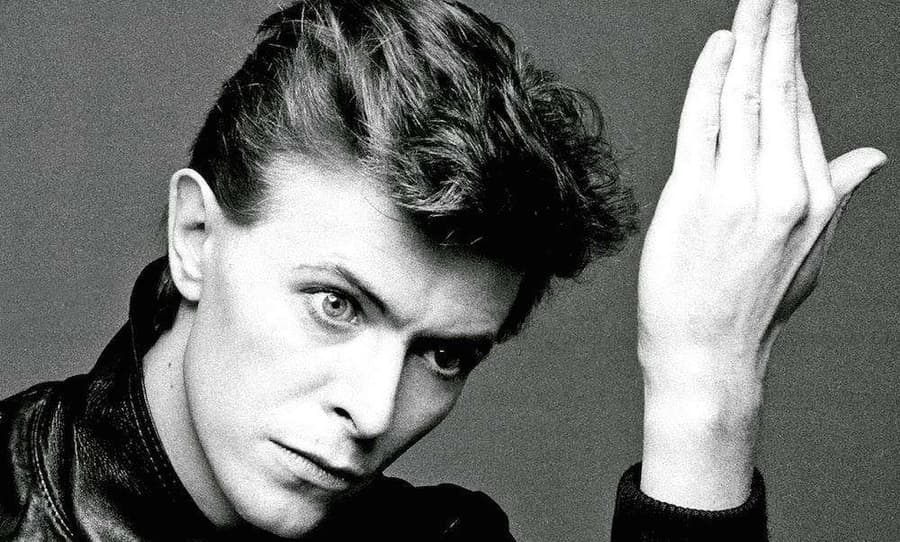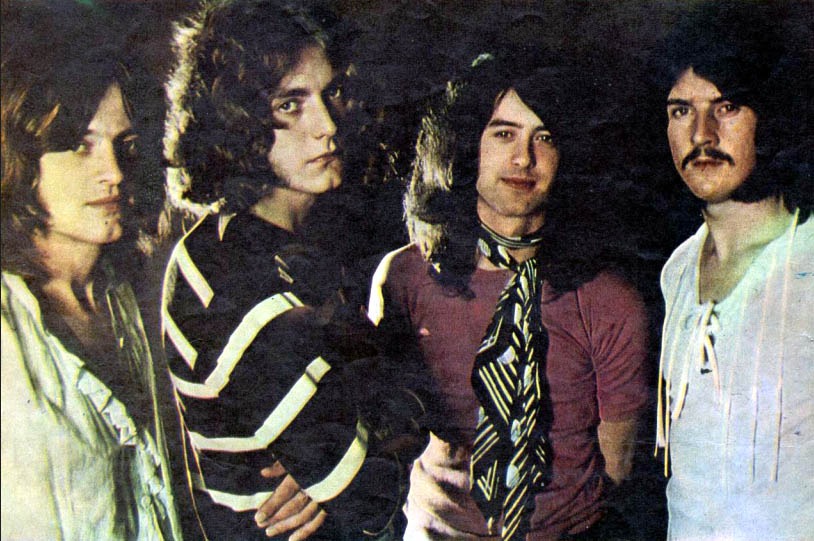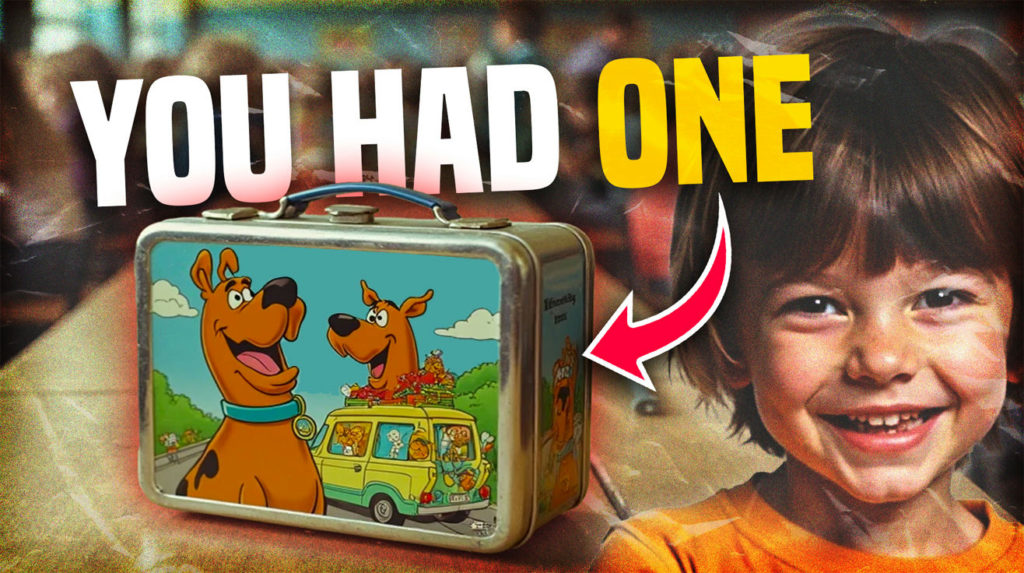
The 1970s shaped a generation through bell-bottoms, disco fever, and unforgettable school trends that defined classroom culture. Students turned ordinary supplies into personal statements while chasing the latest playground crazes.
These fads created shared experiences that bonded kids across the country. From customized folders to mystical mood rings, each trend offered a way to express individuality within school walls. Whether you collected scratch-and-sniff stickers or rocked a denim jacket covered in patches, these cultural moments became the backdrop for growing up in the grooviest decade.
8. Clackers: Percussion Instruments of Playground Chaos
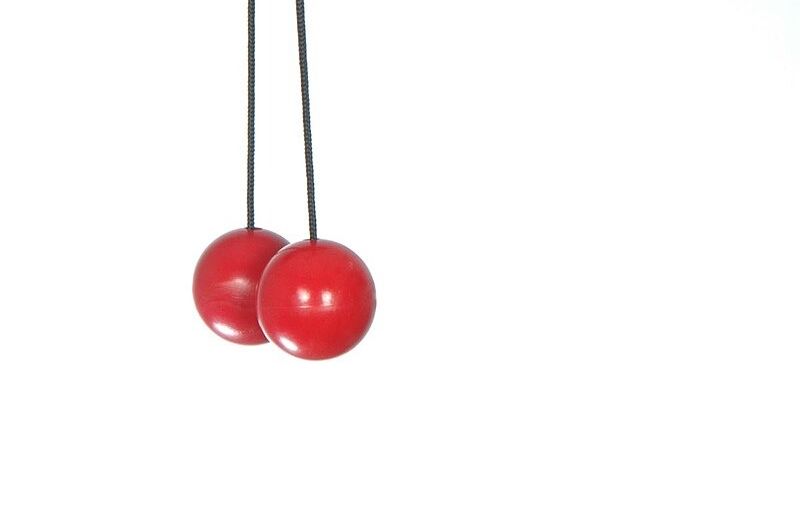
Playground boredom disappeared instantly when clackers arrived, creating rhythmic chaos that echoed across schoolyards. The loud clacking sounds created primitive percussion sections, but injuries including wrist bruises and eye damage led to swift federal intervention in September 1971.
Schools banned them faster than trends typically faded and students learned that not every trend deserved widespread adoption, especially when hospital visits replaced harmless enjoyment. The quick rise and fall demonstrated how external forces could end cultural phenomena regardless of popularity levels.
But the novelty factor showed small innovations could create a significant cultural impact—some fads that should make a comeback still linger in the memories of every kid who grew up in the 1970s.
7. Mood Rings: Temperature-Sensitive Emotion Readers
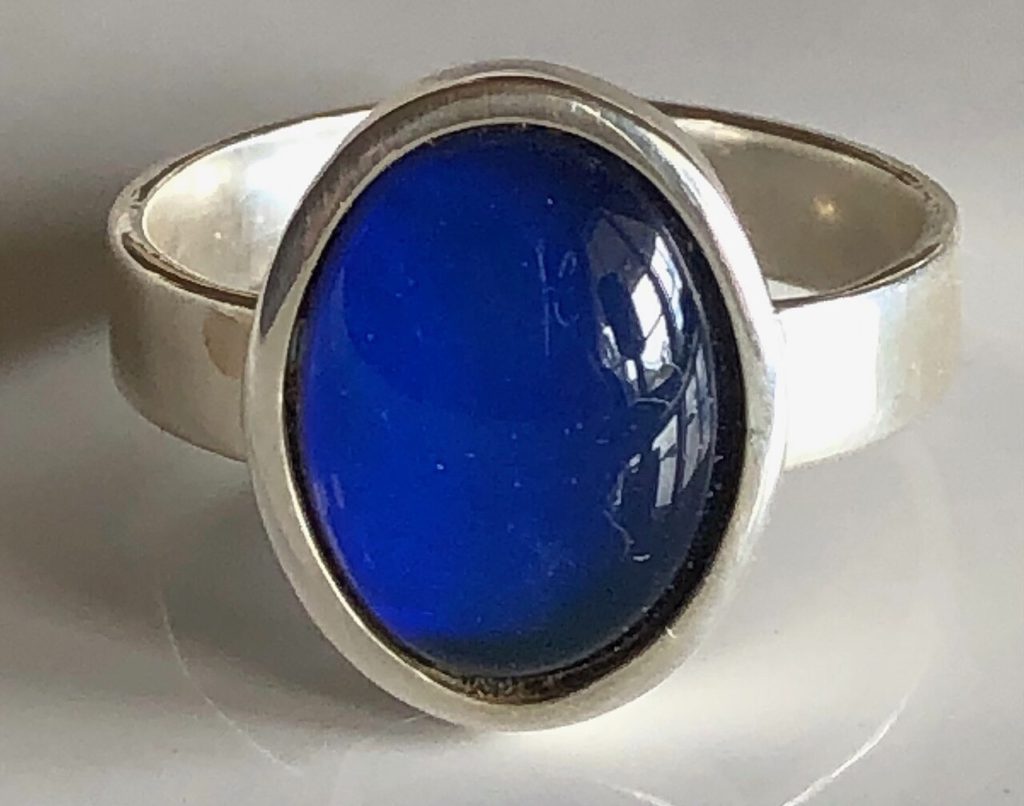
Confused about your feelings? The mood ring promised instant emotional intelligence through color-changing technology. Students checked these mystical accessories constantly, convinced the color-changing circles possessed supernatural emotional intelligence. The reality proved less magical: body temperature, not feelings, controlled the chromatic display.
Inexpensive versions turned fingers green from cheap metal reactions, creating unintended punk aesthetics. The desire to decode inner emotional states never faded, making mood rings perfect accessories for a generation discovering personal identity. Despite scientific explanations, the mystique endured throughout middle school hallways, and many of these classic fashion fads still spark nostalgia for anyone who survived the era’s grooviest decade.
6. Trapper Keepers: Revolutionary Organization Systems
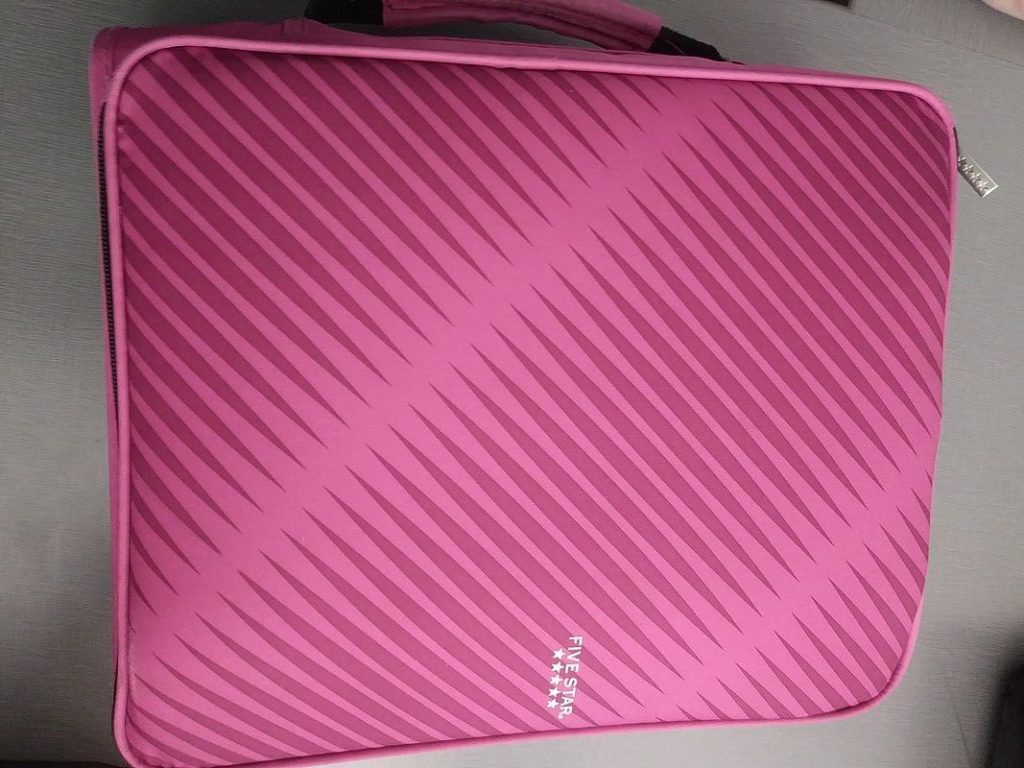
The Trapper Keeper revolutionized student organization with its signature Velcro rip and built-in folder system. The Velcro closure created that gratifying rip sound—auditory confirmation of academic preparedness. Built-in folders separated subjects with precision, offering centralized assignment management that reduced backpack chaos.
Students confidently accessed any assignment within seconds, converting archaeological excavations into streamlined efficiency. The simple structure reduced academic stress while fostering organizational skills that outlasted temporary trends. Success came from recognizing that students needed better systems, not just more supplies.
5. Ribbon Barrettes: Chromatic Hair Coordination
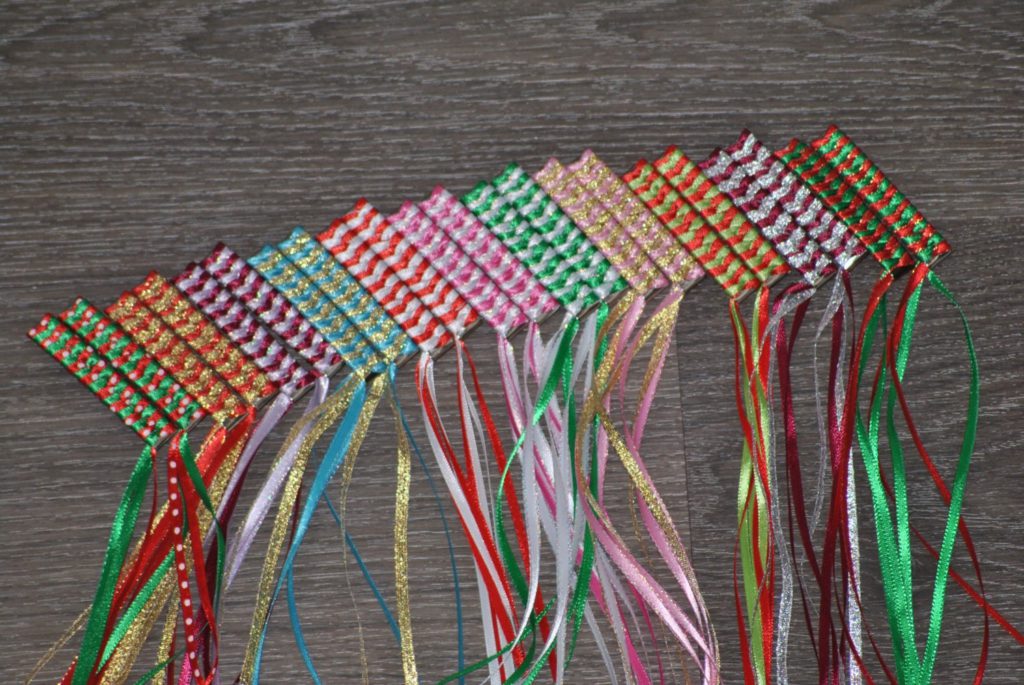
If you wanted to coordinate every detail of your outfit, ribbon barrettes provided the perfect finishing touch. Collections expanded rapidly as girls curated rainbow arrays for different outfit combinations. Some unsuspecting boys fell victim to temporary fashion experiments, creating unexpected moments decades before gender-fluid fashion became mainstream.
Each morning’s barrette selection carried social weight equal to choosing perfect accessories. The ribbons represented broader cultural shifts toward individual expression through color coordination and personal style curation. Simple yet expressive, these accessories demonstrated how small details create lasting impressions.
4. Pee-Chee Folders: Canvas for Creative Expression
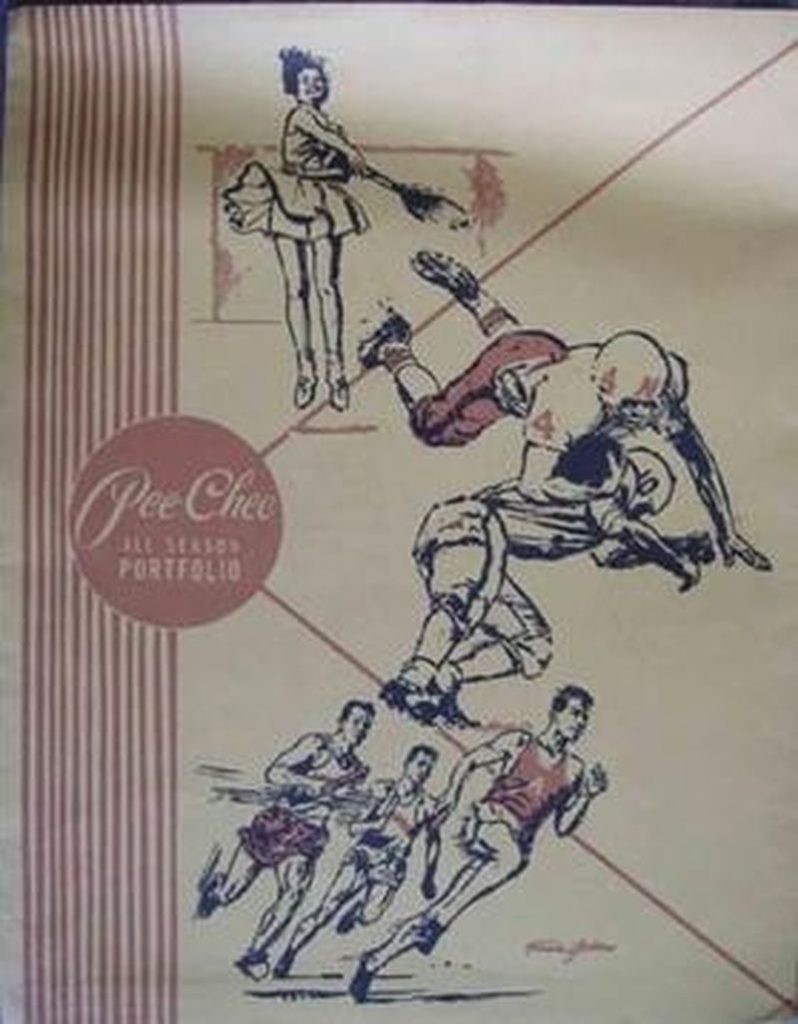
If you needed to transform boring school supplies into personal statements, Pee-Chee Folders delivered the perfect solution. Students converted basic school supplies into personalized masterpieces that showcased their evolving identities. Bubble letters announced names in bold fonts while every available space displayed personal interests and friendships.
Erasers cleared room for new designs as tastes changed throughout the school year. Flames licking down the sides provided the finishing touch, creating an aesthetic that screamed individuality even in structured classroom environments. Each folder told a unique story of self-discovery.
3. Pop Beads: Modular Creative Construction
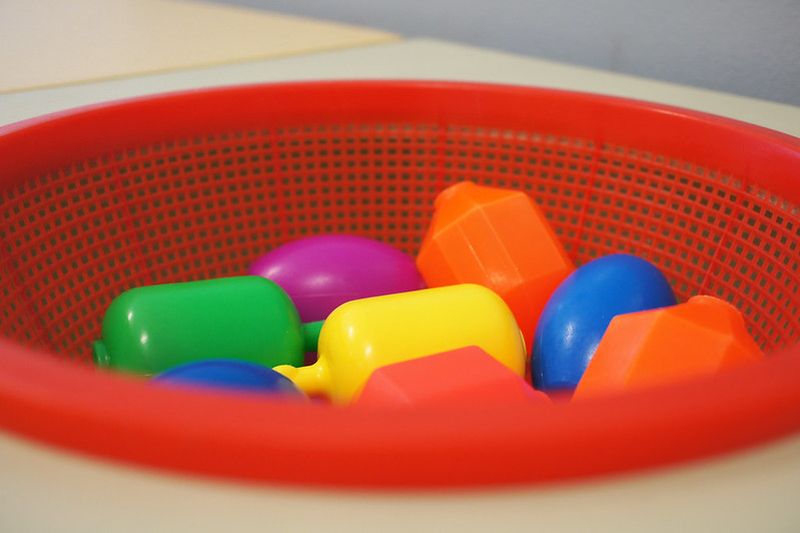
The pop bead solved the problem of limited jewelry options by snapping together into endless custom combinations. The pleasing click of connections provided tactile feedback while color coordination challenged creative sensibilities. Collaborative bracelet construction fostered friendships through shared artistic vision.
Trading sessions changed lunchrooms into impromptu jewelry workshops where red beads followed blue, then yellow, then green in patterns reflecting personal aesthetic evolution. The simple concept sparked imaginative play that encouraged experimentation with color, pattern, and design in accessible, affordable ways.
2. Metal Lunchboxes: Durable Identity Statements
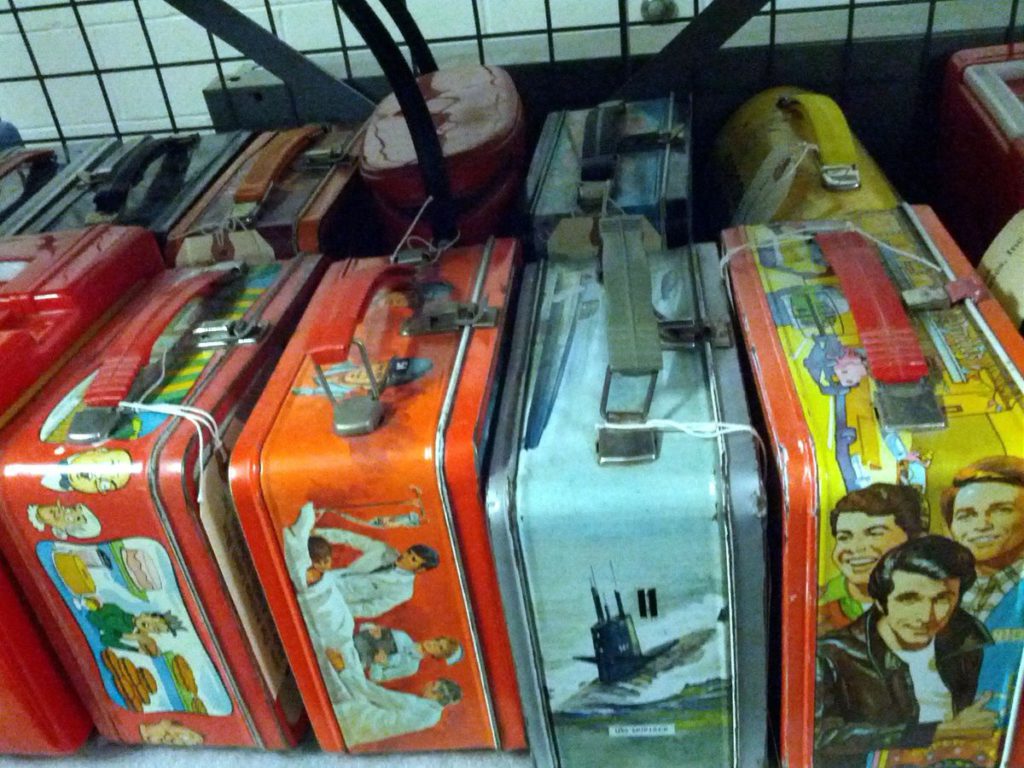
Caught without a way to showcase your personality at lunch? The metal lunchbox solved that problem while keeping sandwiches safe. Scooby-Doo shared shelf space with Star Wars themes while The Fonz commanded respect from elementary crowds. The matching thermos completed the ensemble, though soup leaks remained unfortunate design flaws.
These sturdy containers dominated school cafeterias before early eighties safety concerns ended the era. Schools banned them as potential weapons, marking the transition from indestructible lunch culture to safety-conscious soft storage solutions. The shift represented broader cultural changes prioritizing protection over durability and personal expression.
1. Scratch and Sniff Stickers: Aromatic Collection Obsession
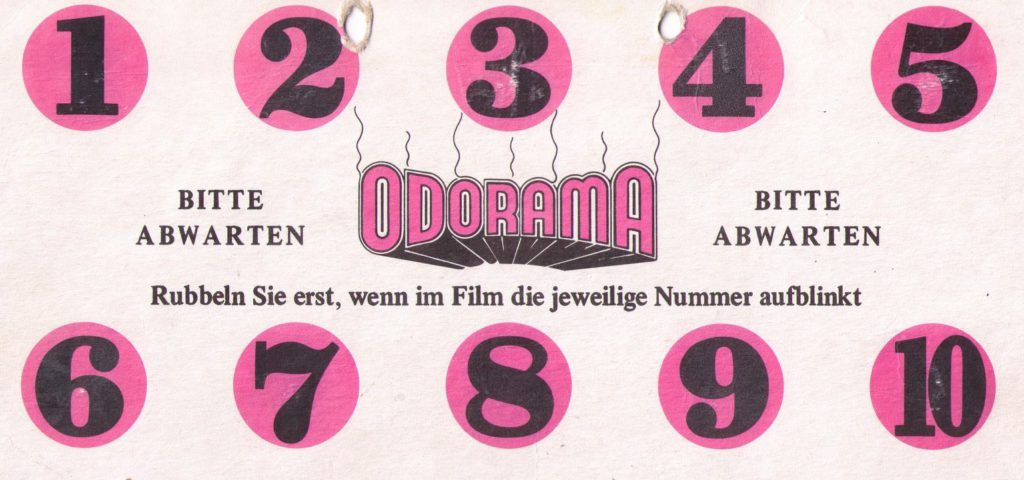
Over one hundred unique scents turned simple sticker collecting into a multisensory classroom phenomenon. Root beer and chocolate dominated trading sessions while pickle and skunk varieties stirred equal parts curiosity and nervous laughter. Completing the full aromatic collection became the ultimate goal.
The stickers added sensory dimensions beyond visual appeal, converting routine assignments into multisensory experiences. Classroom trading resembled underground marketplaces with rare scents commanding premium exchanges. The novelty factor brought levity to academic pressure, proving small innovations create significant cultural impact.




